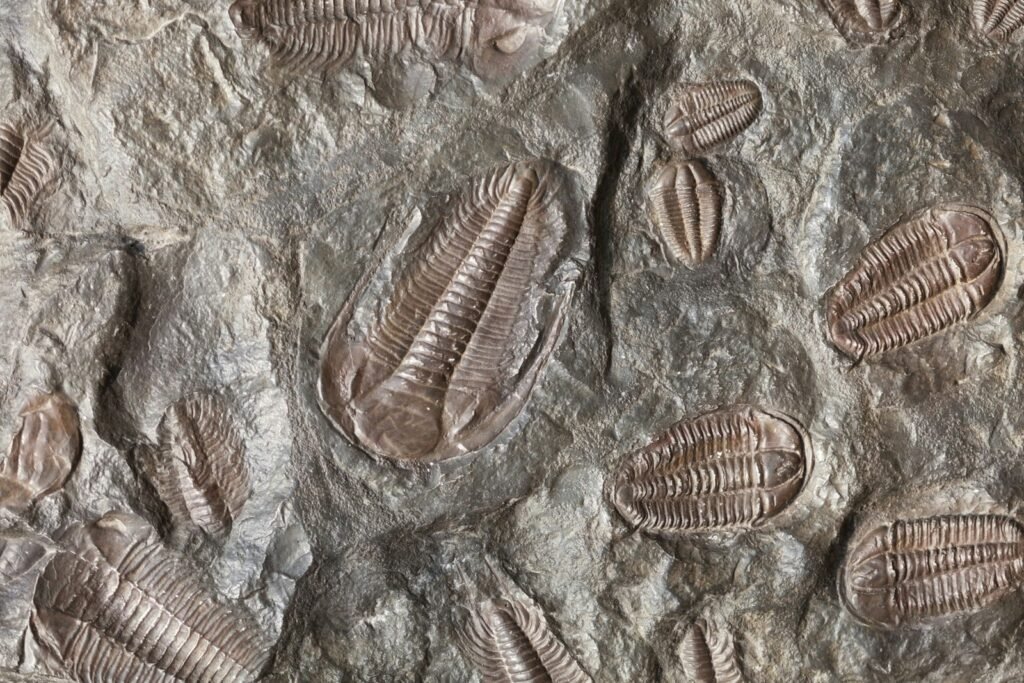High in the shadowy heart of the Indian Himalayas, at nearly 5,000 meters above sea level, lies a place that has startled trekkers, challenged scientists, and inspired legends for generations. Roopkund Lake, often nicknamed “Skeleton Lake,” is no ordinary alpine pond—its icy depths cradle hundreds of ancient skeletons, eerily preserved and scattered along the shoreline. The harsh winds howl through the mountains, and each year, as the snow melts, a chilling sight emerges: bones, skulls, and remnants of humanity frozen in time, raising a question that has haunted the world—who were these people, and what fate befell them on this lonely Himalayan pass?
The Enigmatic Discovery of Skeleton Lake
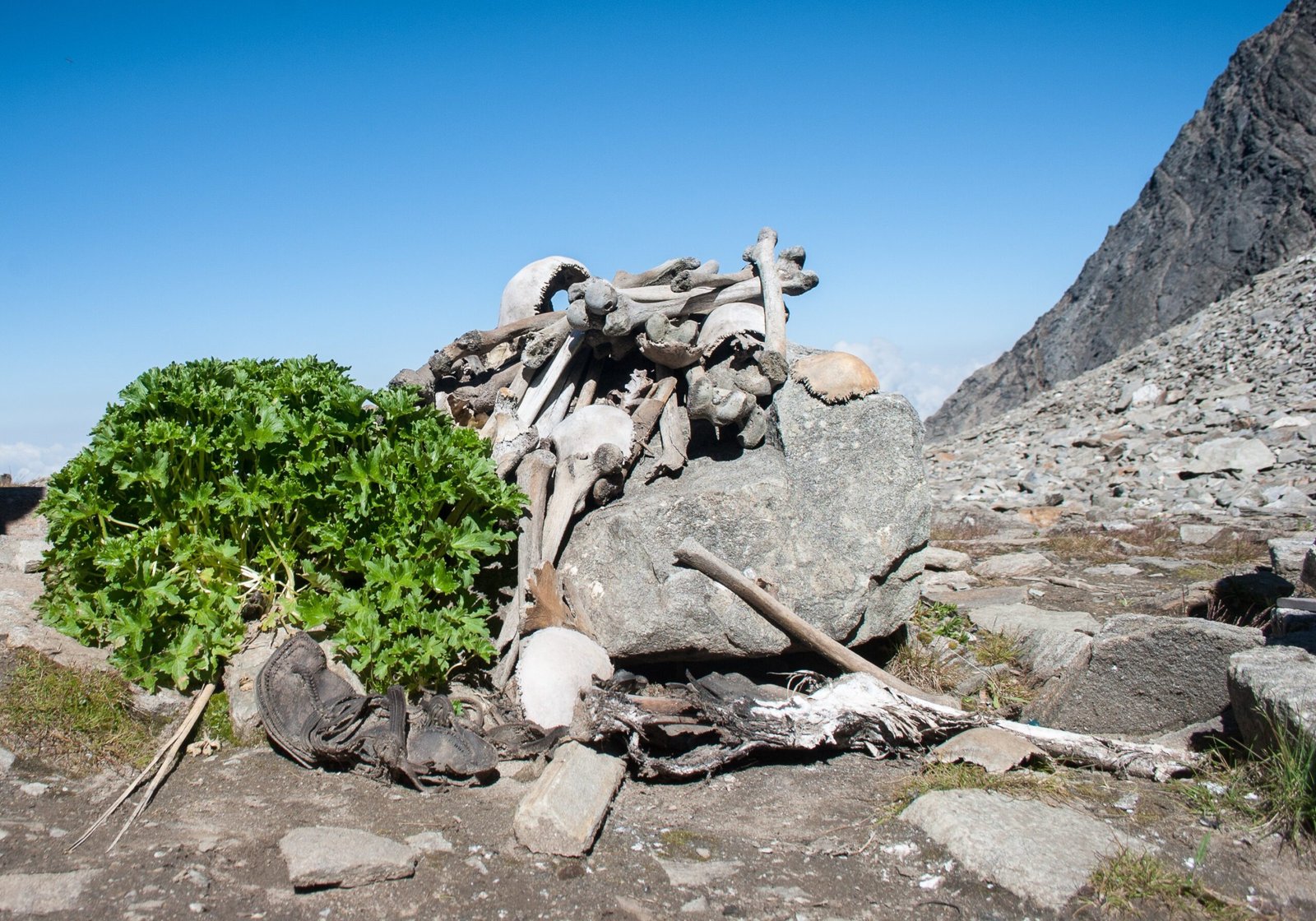
Roopkund Lake first captured the world’s attention in 1942, when a British forest ranger stumbled upon the scene during a routine survey. The sight was surreal—human remains poking through the thin mountain ice, littering the rocky banks. Villagers had long whispered of cursed armies and tragic pilgrimages, but now the mystery was undeniable and shockingly real. The sheer number of skeletons, some still wearing rings and jewelry, provoked both fear and fascination. Over the decades, expeditions and researchers have trekked to this remote site, each time uncovering more bones and deepening the sense of enigma that surrounds the lake.
A Landscape Shaped by Ice and Altitude
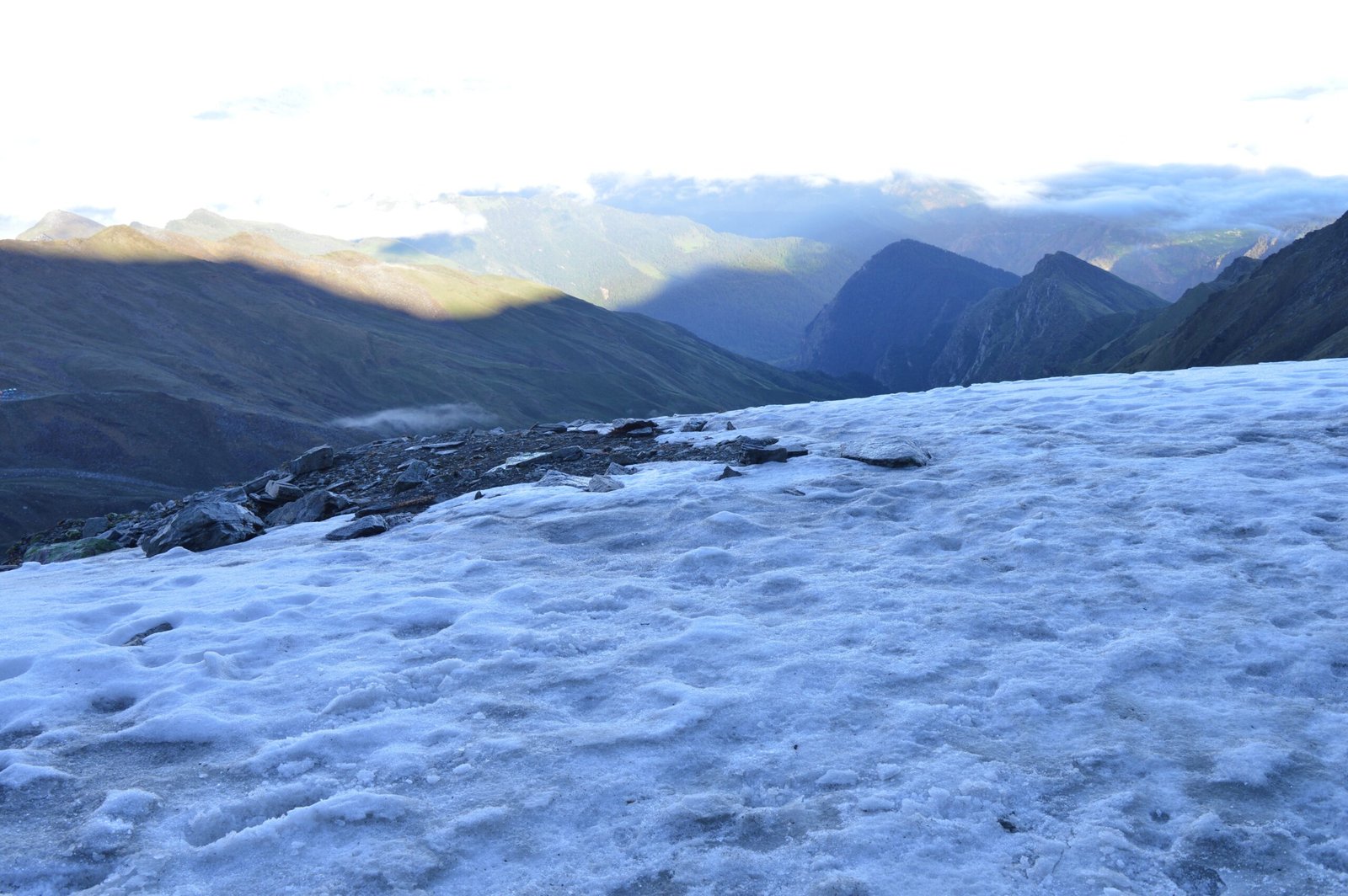
Roopkund sits isolated in the Uttarakhand region, surrounded by craggy, snow-draped peaks and sweeping alpine meadows. The environment is unforgiving—temperatures plunge below freezing, and storms sweep through with little warning. For most of the year, the lake remains sealed beneath a crust of ice and snow, only revealing its secrets during the brief summer thaw. The treacherous paths and thin air have protected the site from frequent human disturbance, helping preserve the remains for centuries. The landscape itself seems almost designed to keep its secrets hidden away from the world.
Unraveling the Age of the Remains
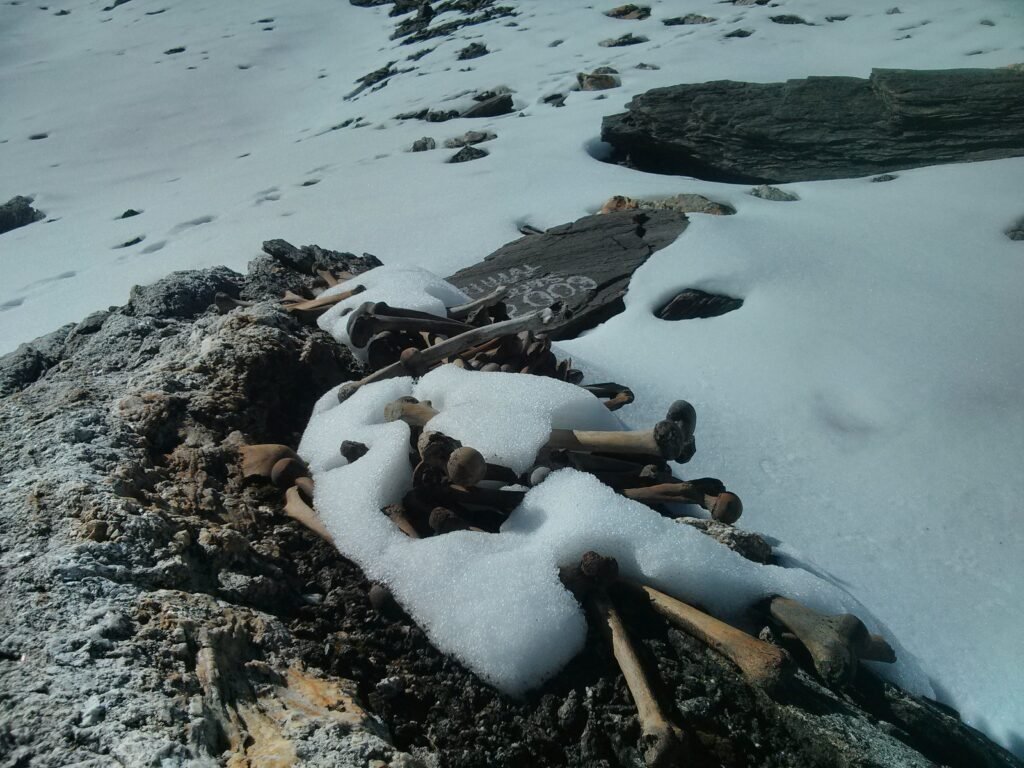
For decades, the question of when these unfortunate souls met their end was a puzzle. Early estimates were wildly varied—some speculated the remains were from a single catastrophic event, while others suggested multiple incidents over centuries. In recent years, scientific advances in radiocarbon dating have shed light on the timeline, revealing that the bones are far older and more varied than once thought. Some skeletons date back to the 9th century, while others may have perished as recently as the 19th century, suggesting Roopkund’s deadly allure spans generations.
DNA Analysis: A Tapestry of Origins
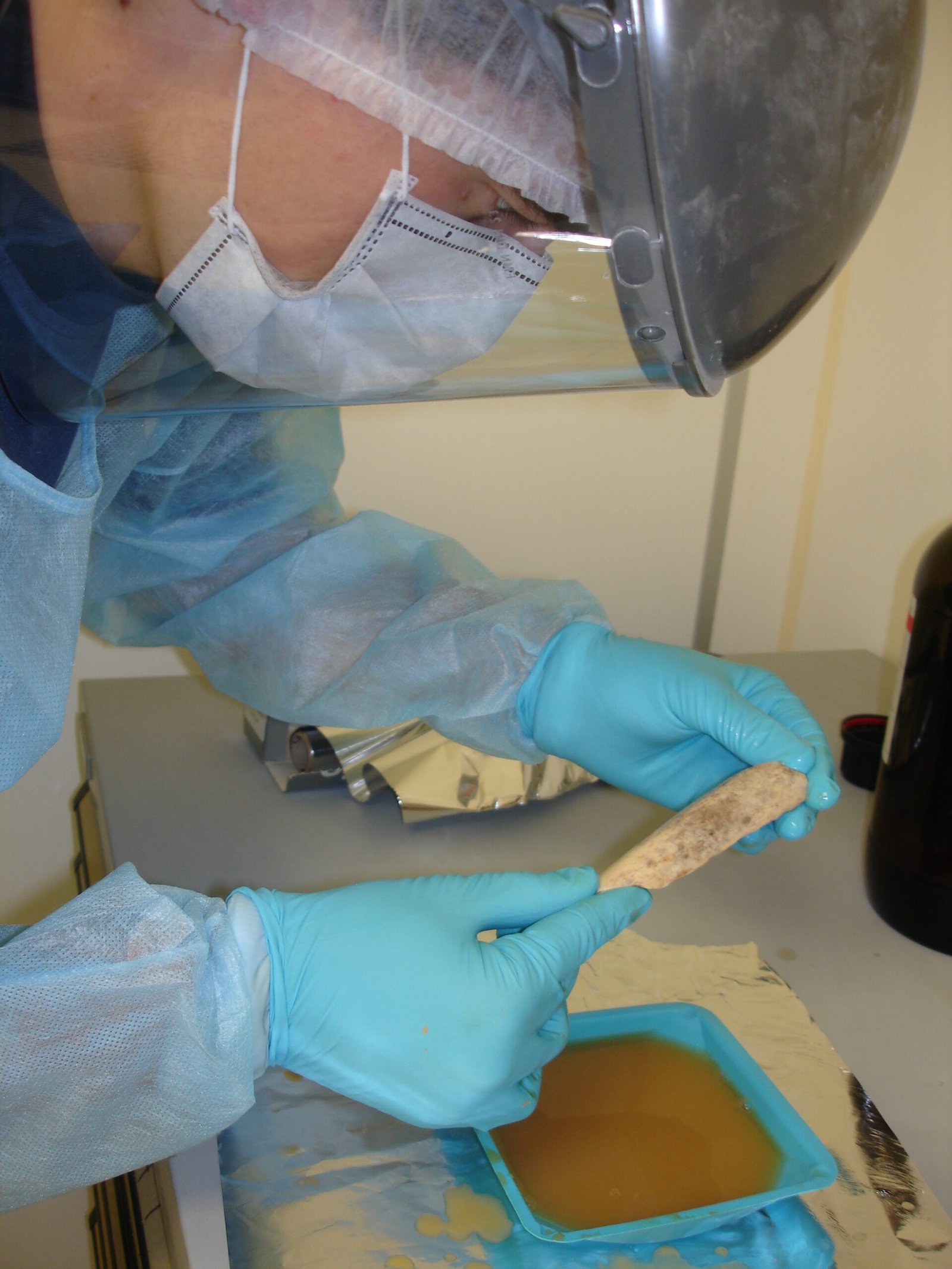
One of the most astonishing breakthroughs came with the extraction and analysis of ancient DNA from the bones. Scientists uncovered a striking diversity among the remains—some individuals had genetic markers typical of local Himalayan populations, while others showed ancestry linked to the Mediterranean, specifically the eastern Mediterranean region. This unexpected finding shattered previous theories of a single local tragedy and hinted at a far more complex story, involving distant travelers converging at this remote lake for reasons still unknown.
Clues from the Bones: The Fatal Blow
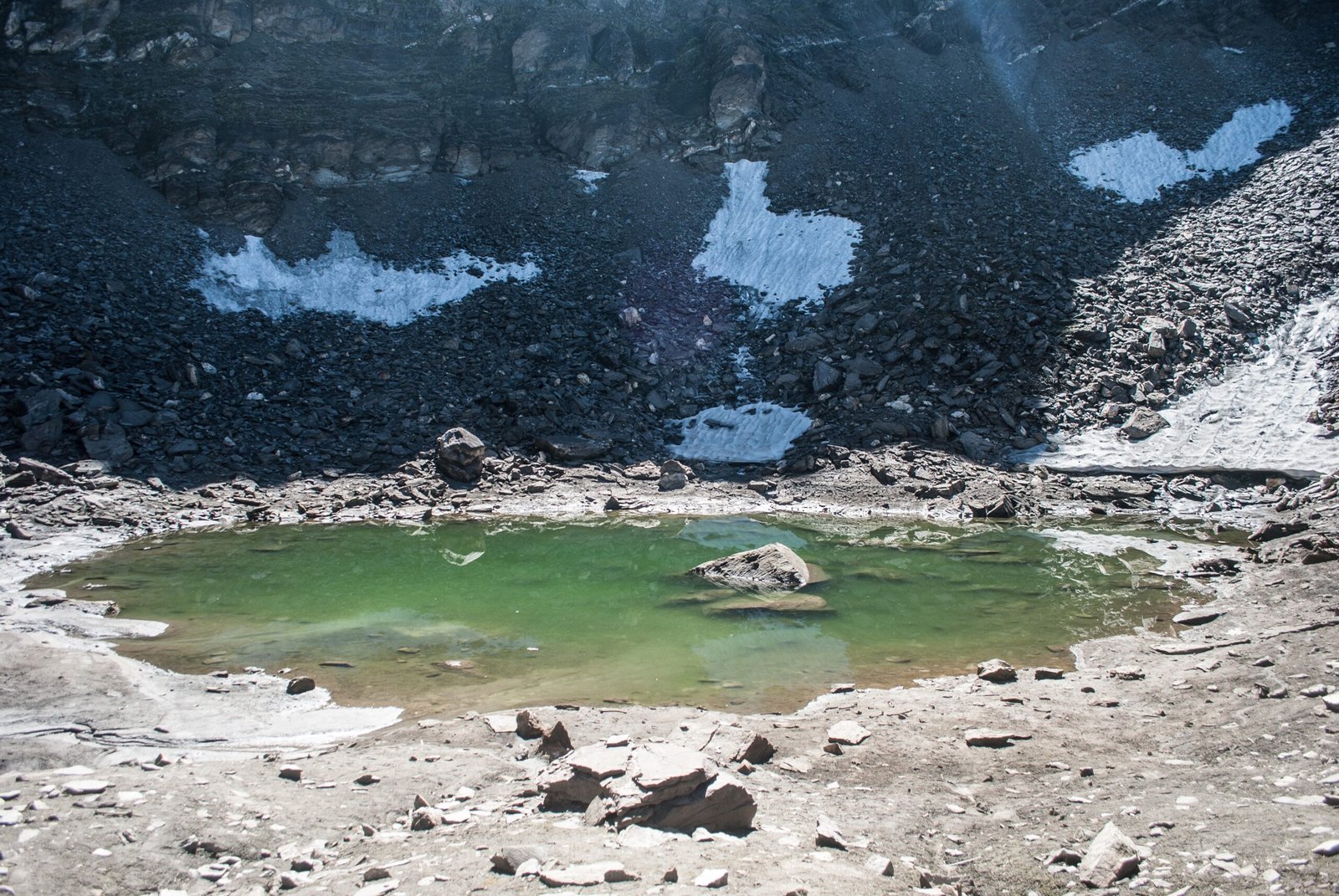
Close examination of the skeletons has revealed a haunting pattern: many skulls bear deep fractures, particularly at the top and back of the head. Forensic experts concluded that these injuries were not consistent with battle or violence between people. Instead, the wounds suggested death from sudden, forceful blows from above. This led to one of the most chilling scientific hypotheses: a catastrophic hailstorm with hailstones as large as cricket balls may have struck the group, leaving them fatally wounded and stranded in the mountains. The evidence points to the sky as the culprit, delivering a deadly storm in a place where shelter is scarce.
Local Legends and Folklore
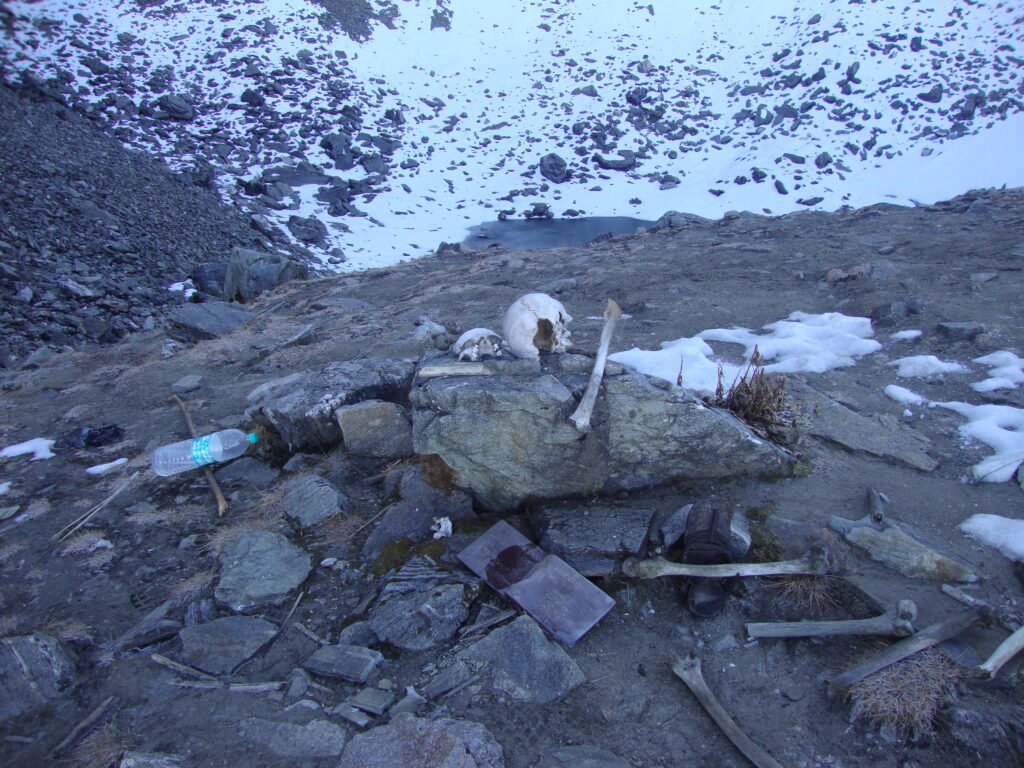
Long before scientists arrived, local communities had their own explanations for the skeletons at Roopkund. Stories tell of a royal procession punished by the goddess Nanda Devi for disrespecting her sacred land. Others speak of an invading army lost in the high passes or pilgrims caught in a divine storm. These legends, passed down for centuries, blend fear, reverence, and mystery, echoing the awe that the lake inspires. Even today, pilgrims visit the area during the Nanda Devi Raj Jat, a festival that honors the goddess and the spirits of those lost to the mountains.
The Scientific Hunt for Answers
Researchers from around the world have braved the altitude and unpredictable weather to investigate Roopkund’s secrets. Teams have conducted archaeological digs, taken bone and soil samples, and meticulously cataloged the artifacts found among the remains. Despite advances in technology and knowledge, the site remains stubbornly enigmatic. Many questions persist: Why did people from such distant lands travel here? Did multiple tragedies occur across centuries, or did the lake serve as a ritual site that drew people from afar? Each answer seems to raise new questions, keeping the mystery alive.
The Role of Climate and Preservation
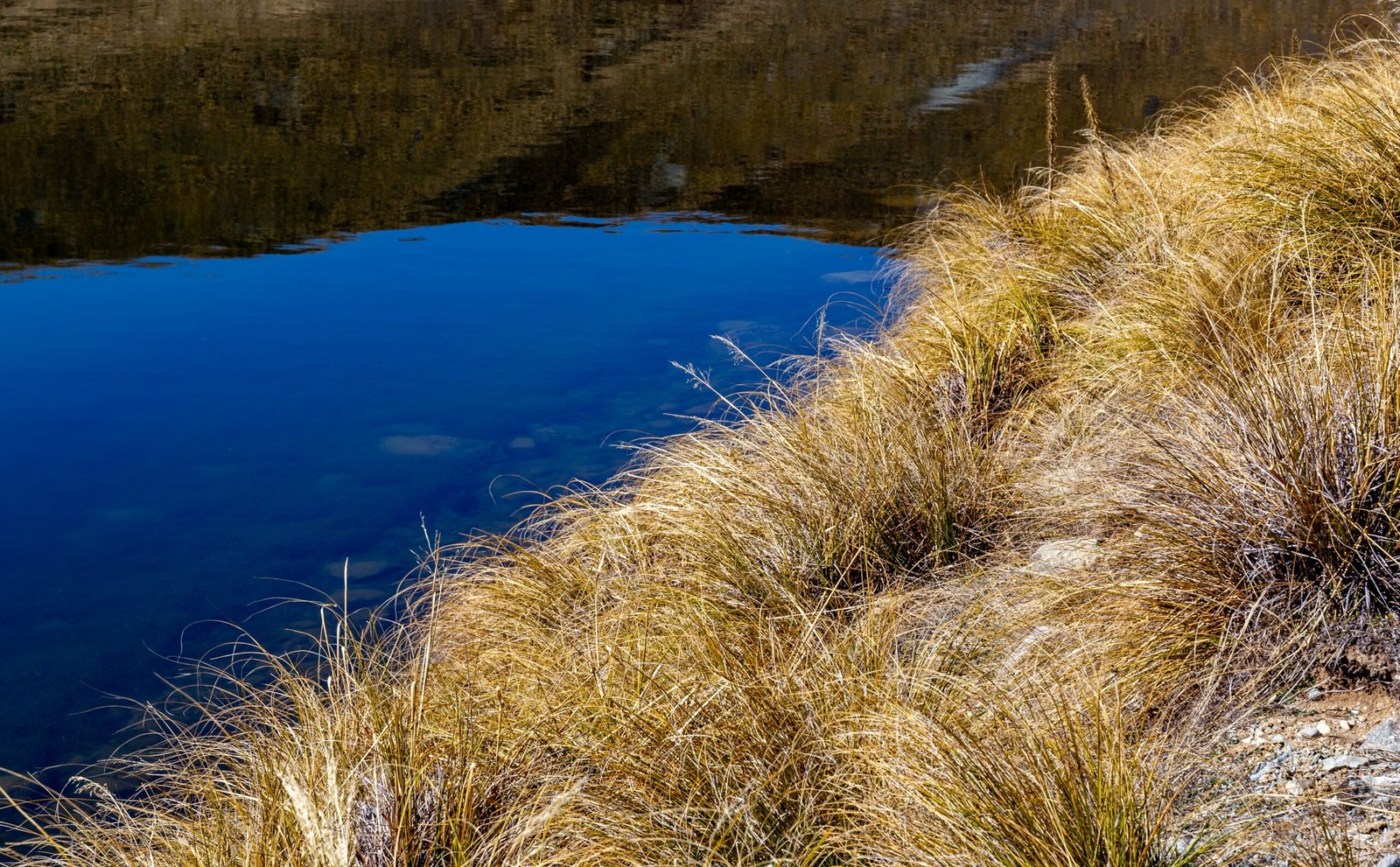
Roopkund’s extreme climate has played a crucial role in preserving the skeletons and artifacts. The cold, low-oxygen environment slows decay, allowing bones, hair, and even clothing to remain intact for centuries. Occasional avalanches and landslides may have buried remains, further shielding them from scavengers and erosion. However, this delicate balance is threatened by climate change—warmer temperatures and shrinking glaciers could soon expose and scatter the bones, erasing valuable evidence before it can be studied. The race against time adds urgency to ongoing research efforts.
Artifacts and Personal Belongings: Glimpses of Lives Lost
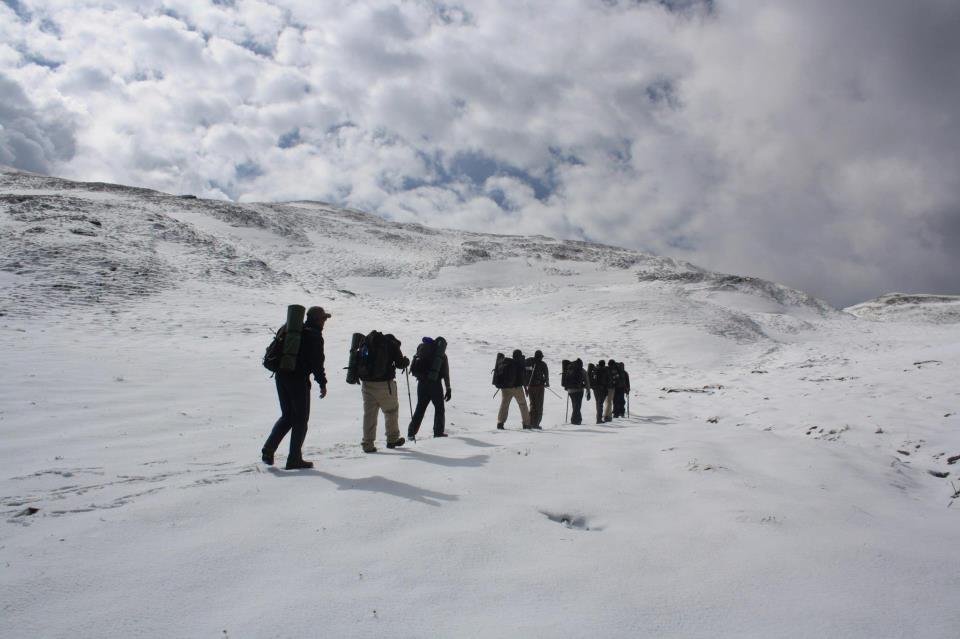
Among the bones, researchers have found a haunting array of personal items: wooden artifacts, leather shoes, jewelry, and even textiles. These objects provide rare glimpses into the identities of those who perished at Roopkund. Some items appear to be ritualistic, hinting at religious or ceremonial journeys. Others are practical, reflecting the harsh conditions the travelers faced. Each artifact tells a fragment of a story—a ring that once adorned a finger, a shoe that braved the mountain trails—offering a poignant reminder of the human lives behind the mystery.
The Ongoing Allure of Roopkund
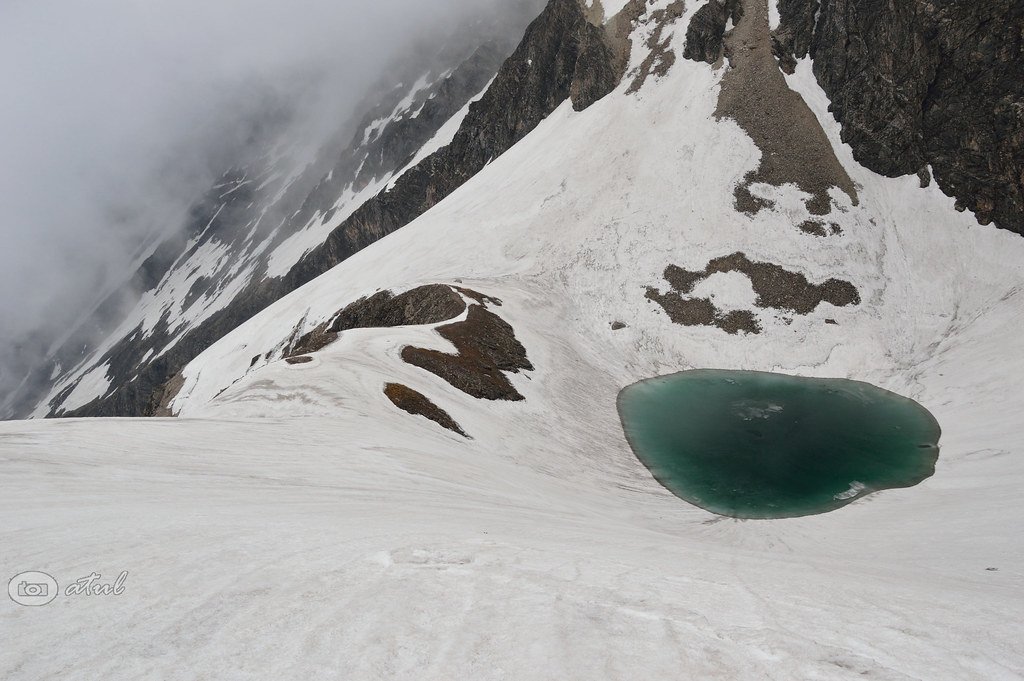
Despite decades of study, Roopkund Lake remains an irresistible puzzle for adventurers, scientists, and dreamers alike. Trekkers brave perilous paths to witness the site firsthand, driven by curiosity and the hope of connecting with the past. The lake’s haunting beauty, combined with its unsolved mysteries, captures the imagination and inspires new generations to explore, question, and protect this extraordinary Himalayan time capsule. The story of Roopkund is a reminder that even in our age of technology and discovery, the world still holds places where ancient secrets lie just beneath the surface, waiting to be uncovered.




